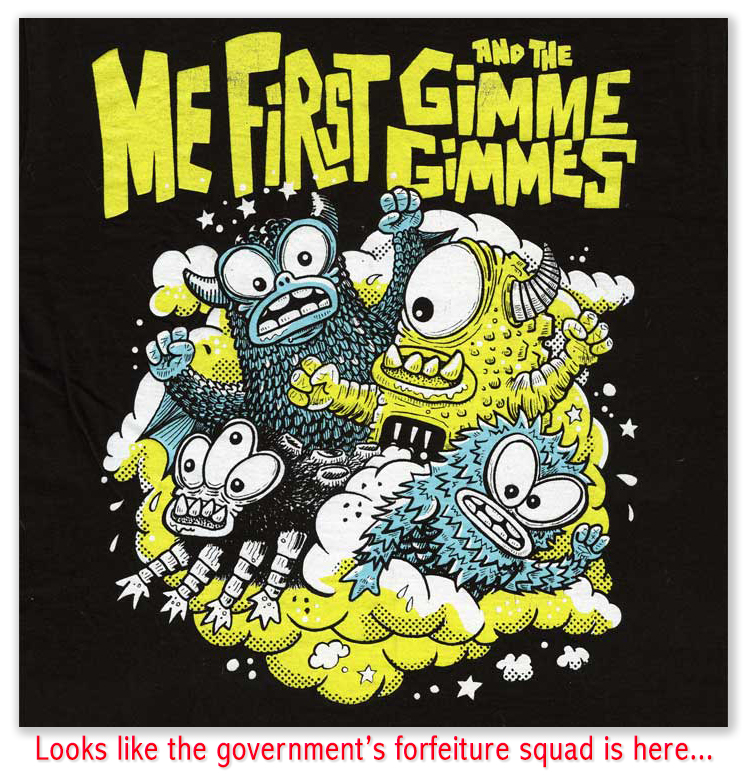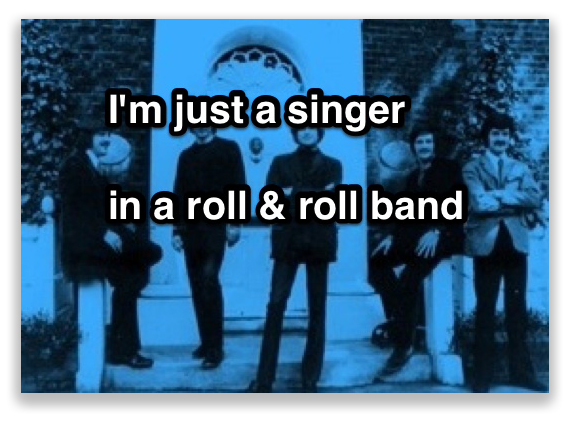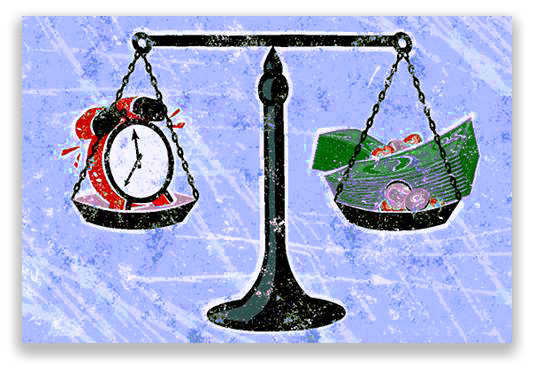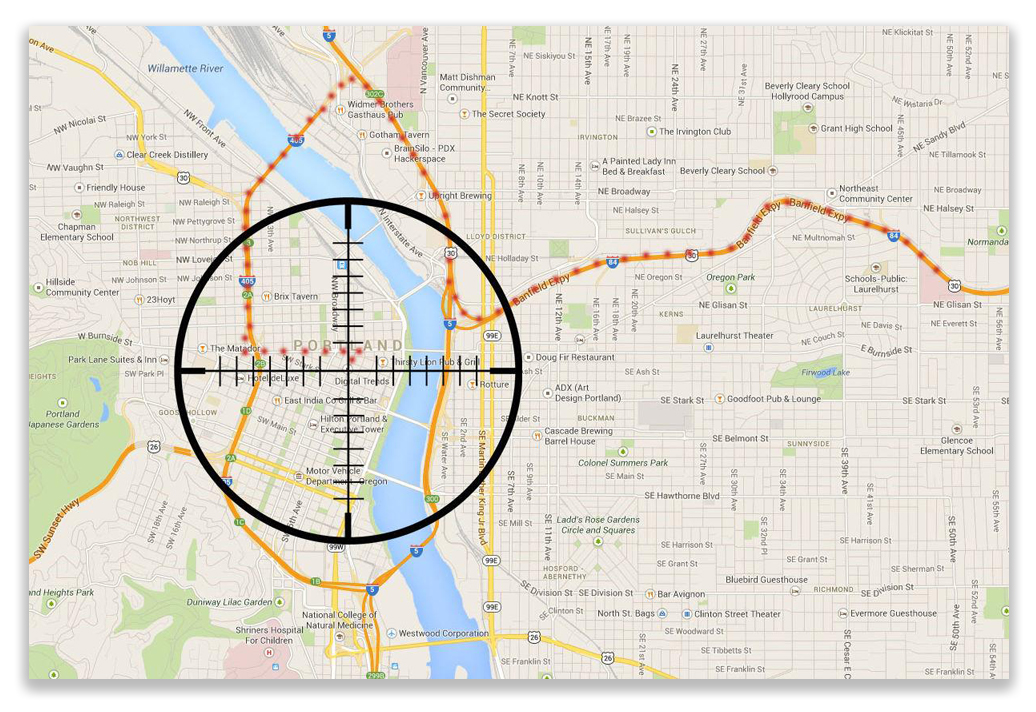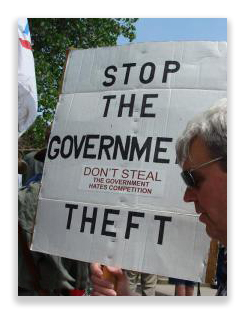We post news and comment on federal criminal justice issues, focused primarily on trial and post-conviction matters, legislative initiatives, and sentencing issues.

THE TAXMAN COMETH (TO YOUR LOVED ONE’S COMMISSARY ACCOUNT)
 The Dept of Justice last week proposed new rules that would permit confiscation – a that’s not too harsh a term– of up to 75% of money federal inmates receive from families and friends through the Bureau of Prisons’ Inmate Financial Responsibility Program. The money would be applied by the government to payment of an inmate’s court-ordered fees, fines, forfeitures, restitution, child support, and even tax obligations.
The Dept of Justice last week proposed new rules that would permit confiscation – a that’s not too harsh a term– of up to 75% of money federal inmates receive from families and friends through the Bureau of Prisons’ Inmate Financial Responsibility Program. The money would be applied by the government to payment of an inmate’s court-ordered fees, fines, forfeitures, restitution, child support, and even tax obligations.
(Granted, it seems a bit hypocritical for the federal government to demand that anyone be financially responsible, what with $31 trillion with a “t” in government debt, but if the feds cannot cynically humiliate their prisoners, who can they cynically humiliate?)
Under a proposed rule published in January 10th’s Federal Register, inmates holding higher-grade UNICOR jobs would have to pay 25% to 50% of their pay toward court-ordered debts. What’s more, the Notice of Proposed Rulemaking says that “all inmates, in the absence of some other court-ordered payment plan, whether assigned to UNICOR or non-UNICOR work assignments, will be expected to allot not less than 75% of funds from non-institution (community) resources to the IFRP payment process.”
Jason Wojdylo, who retired from the US Marshals Service after spending years unsuccessfully pushing the BOP to change its IFRP policy, said the new rule would improve on what he calls a bad system. In addition to making inmates pay court fees and restitution, he said, the rule also requires that prison account funds be applied to orders to pay for child support.
The proposed change to the BOP’s Inmate Financial Responsibility Program follows a memo last month from Deputy Attorney General Lisa Monaco that urged prosecutors to request that district courts impose specific and immediate restitution plans as part of the sentencing.
The genesis of this, however, was a Washington Post series in 2021 revealing that a few high-profile BOP inmates – serial gymnast molester Larry Nassar and sex predator R. Kelly – had very large inmate trust account sums while not paying restitution to victims. The Post revealed that “20 inmate accounts [held] more than $100,000 each for a total exceeding $3 million,” but not necessarily that most or all of those people were shirking court-ordered payment obligations.
 As they say about excrement, it “rolls downhill.”
As they say about excrement, it “rolls downhill.”
The public may comment on the proposed rule by letter or electronic comments by March 13, 2023, through the regulations.gov website or by mail to the Legislative & Correctional Issues Branch, Office of General Counsel, BOP, 320 1st Street NW, Washington, DC 20534.
The Washington Post observed that the BOP is probably not a fan of the proposed rule. Unless inmate friends and family have unlimited funds available, the change will inevitably lead to substantially lower commissary sales. More inmates who now make fascinating “stone soup” concoctions for meals instead of eating in the chow hall will show up for BOP-provided food. The BOP will lose trust fund profits while seeing its food costs rise.
 The agency pushed back last year against DOJ efforts to make inmates pay more restitution through IFRP. One reason, according to a letter BOP released through a Freedom of Information Act request last summer, is that in FY 2021 the agency was able to cover over $81 million in salaries and benefits “for hundreds of agency staff positions” with profits from commissary sales. A substantial increase in inmate money seized to pay fines, restitution, taxes and child support is bound to make a serious dent in inmate spending for commissary, and perhaps for email and phone as well.
The agency pushed back last year against DOJ efforts to make inmates pay more restitution through IFRP. One reason, according to a letter BOP released through a Freedom of Information Act request last summer, is that in FY 2021 the agency was able to cover over $81 million in salaries and benefits “for hundreds of agency staff positions” with profits from commissary sales. A substantial increase in inmate money seized to pay fines, restitution, taxes and child support is bound to make a serious dent in inmate spending for commissary, and perhaps for email and phone as well.
Even more likely is that the BOP’s taking 75% of money inmates are given by families and friends will strangle the flow of money from the street altogether. How likely will people be to send a dollar to an inmate knowing that 75 cents of it is taken by the government before the prisoner sees it?
BOP, (Notice of Proposed Rulemaking) Inmate Financial Responsibility Program: Procedures, 88 FR 1331 (January 10, 2023)
Washington Post, Federal inmates would pay more to victims under new Justice Dept. rule (January 9, 2023)
Letter to Jason Wojdylo (July 22, 2022)
– Thomas L. Root






